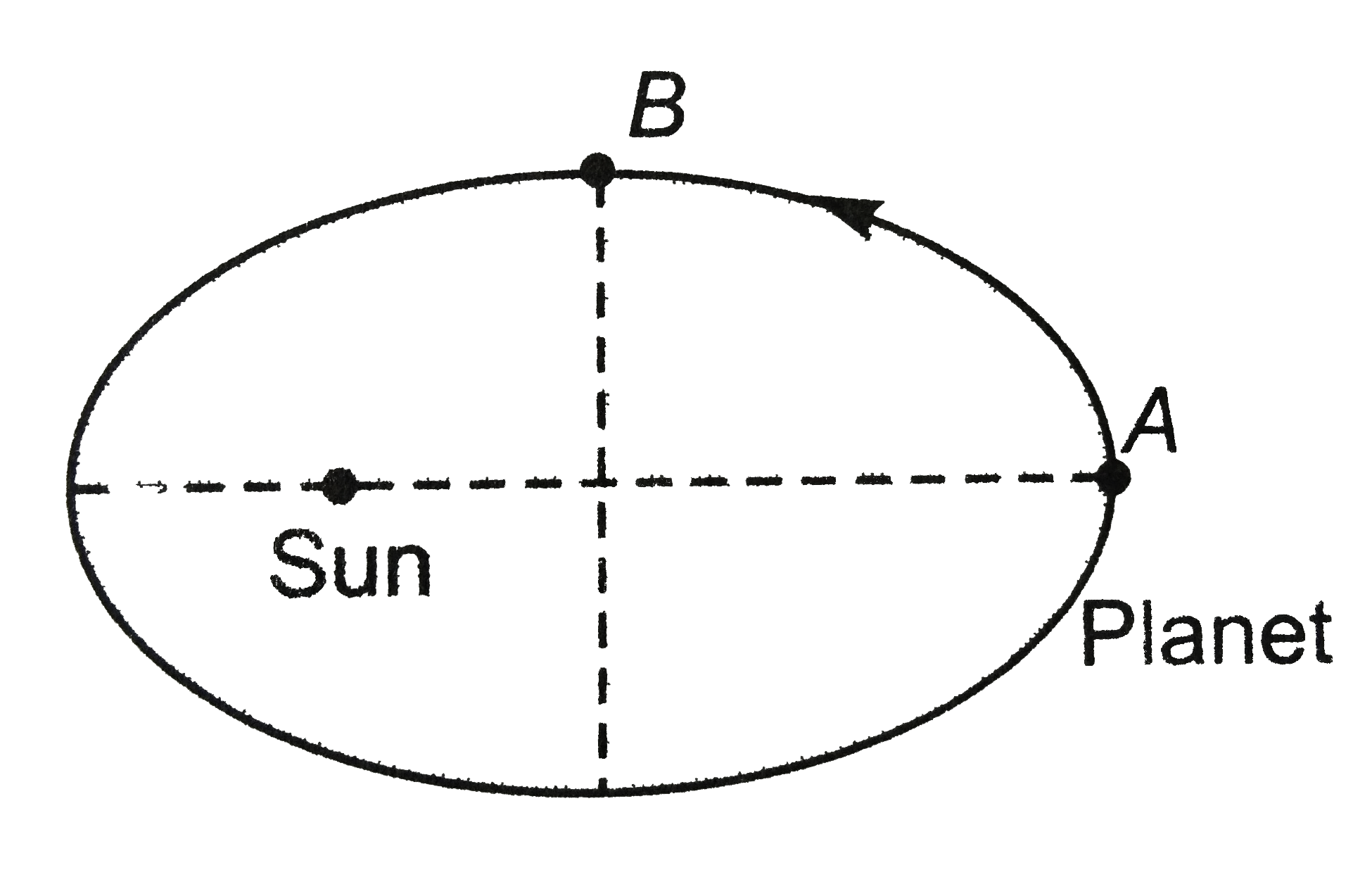For a planet moving and the sun in an elliptical orbit, which of the following quantities remain constant?
(i) The total energy of the 'sun plus planet' system
(ii) The angular momentum of the planet about the sun
(iii) The force of attraction between the two
(iv) The linear momentum of the planet
The total energy of 'the sun planet' system
The angular momentum of the planet about the sun.
The force of attraction between the two
The linear momentum of the planet
The correct Answer is:A, B, C
Step by step video, text & image solution for For a planet moving and the sun in an elliptical orbit, which of the following quantities remain constant? (i) The total energy of the 'sun plus planet' system (ii) The angular momentum of the planet about the sun (iii) The force of attraction between the two (iv) The linear momentum of the planet by Physics experts to help you in doubts & scoring excellent marks in Class 11 exams.
Updated on:21/07/2023Topper's Solved these Questions
- GRAVITATIONBOOK - NARAYNACHAPTER - GRAVITATIONEXERCISE - LEVEL -I(H.W)
56 Videos
- GRAVITATIONBOOK - NARAYNACHAPTER - GRAVITATIONEXERCISE - LEVEL-II (H.W)
32 Videos
- GRAVITATIONBOOK - NARAYNACHAPTER - GRAVITATIONEXERCISE - LEVEL III
44 Videos
- FRICTIONBOOK - NARAYNACHAPTER - FRICTIONEXERCISE - Passage type of questions I
6 Videos
- KINETIC THEORY OF GASESBOOK - NARAYNACHAPTER - KINETIC THEORY OF GASESEXERCISE - LEVEL-III(C.W)
52 Videos
Similar Questions
Knowledge Check
For a planet moving around the sun in an elliptical orbit, which of the following quantities remain constant ?
AThe total energy of the sun plus planet systemBThe angular momentum of the planet about the sunCThe force of attraction between the twoDThe linear momentum of the planetA planet is revolving around the sun in an elliptical orbit. Which out of the following remains constant.
(a) Linear speed (b) angular momentum
( c) kinetic energy (d) potential energy (e) total energy throughout its orbit.Athe total energy of the sun plus planet systemBthe angular momentum of the planet about the sunCthe force of attraction between the twoDthe linear momentum of the planetA planet is revolving round the sun in an elliptical orbit. Of the following the property which is a constant during the motion of the planet is :
AThe force of attraction between the planet and sun.BThe total energy of the planet plus sun system.CThe linear momentum of the planet.DThe kinetic energy of the planet about the sun.
A planet of mass m is moving around the sun in an elliptical orbit of semi-major axis a :
View SolutionWhich of the following planet is farthest from Sun?
View SolutionWhich of the following is not a planet of the Sun ?
View SolutionWhich of the following is NOT a planet of the sun?
View SolutionA: The speed of a planet is maximum at perihelion .
R : The angular momentum of a planet about centre of sun is conserved .
View Solution


